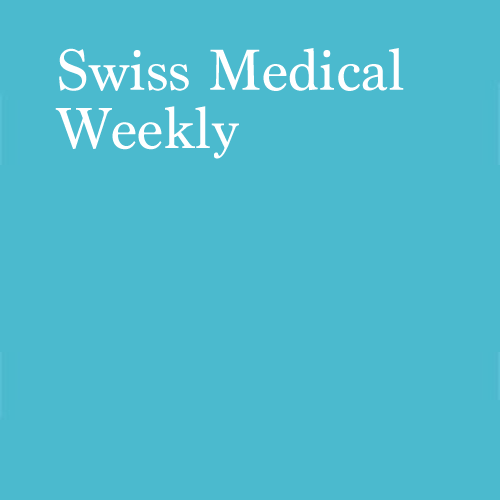Summary
Chronic hepatitis B infection (defined as sustained detection of hepatitis B virus [HBV] surface antigen [HBsAg] protein in serum) is a leading cause of cirrhosis, hepatocellular carcinoma and liver-related deaths. A situation analysis carried out by the Swiss Federal Office of Public Health estimated the HBsAg prevalence in Switzerland to be 0.53% (95% CI: 0.32–0.89%) in 2015 (~44,000 cases). A lower prevalence of chronic HBV in the younger generation and the adoption of universal coverage in the first year of life are expected to decrease the burden of HBV; however, a number of people in key populations (including migrants) remain undiagnosed and untreated, and infected individuals remain at risk of progressing to cirrhosis, hepatocellular carcinoma and death. Our primary objective was to examine the current and estimate the future disease burden of HBV in Switzerland and the impact of migration. The secondary objective was to estimate the impact of changing future treatment numbers.

